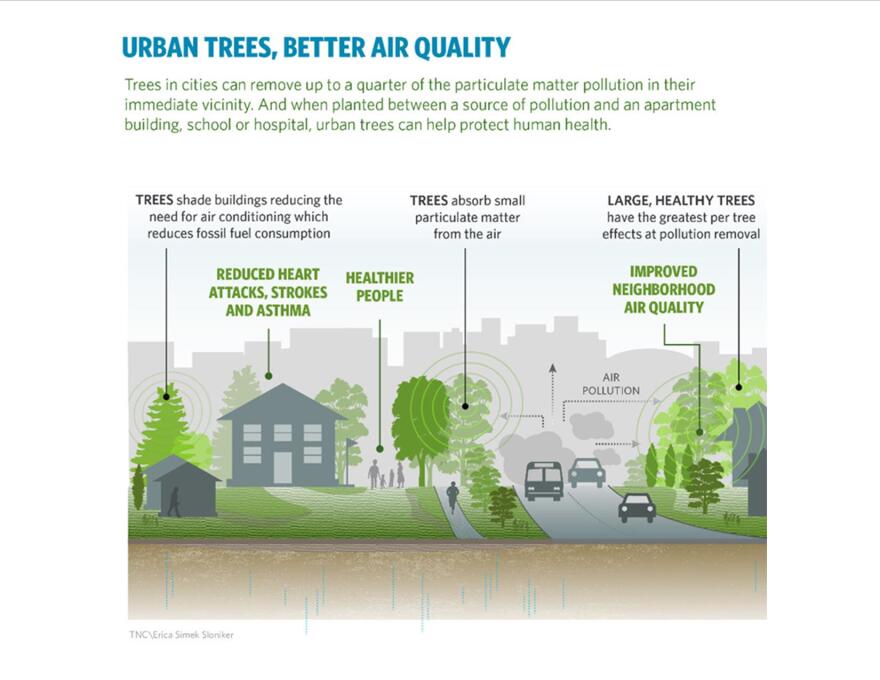Only about a quarter of the ARPA funding allocated to restoring and protecting Syracuse’s tree canopy has been used since the money was approved last summer. City Arborist Steve Harris told Common Councilors Wednesday they’re ready to pick up the pace of planting new trees.
"Our goals are 3,600 through the project period and pruning 4,500 trees I think," Harris said.
City residents can get a free tree for the right-of-way in front of their home, which is the space between the sidewalk and the road. But the city won’t plant one automatically if the space is empty. They rely on homeowners to request a tree be planted. The city then takes care of the trees planted in the right-of-way.
Councilors pointed out that some residents don’t know this program exists or how to get a tree for their property. Harris said they’re working on better ways to connect with residents to increase the tree canopy.
"We have a database of planting sites, and so we have a person going to those sites, deciding what type of tree and where they would go, and then they leave information about who to contact," Harris said.

Syracuse’s tree canopy covers about 27% of the city according to the Forestry Division. That’s below the average of 34% for cities east of the Mississippi River. A larger tree canopy has been shown to help neighborhoods stay cooler and improve air quality.
But formerly redlined and other disenfranchised neighborhoods often have fewer trees than more affluent, white neighborhoods. Harris said they’re intentionally planting to counteract that pattern.
"We know what our tree equity neighborhoods are, and tree equity is defined as a combination of what the canopy covers in the neighborhood and the sociodemographic factors in that neighborhood. They align very well with all our redlined neighborhoods because we know a map of tree covers a map of income," Harris said.
Of the 10,000 trees planted by the Forestry Division over the last decade, between 60% to 80% of them were in parts of the city labeled “tree equity areas” according to Harris. More information about how urban forestry efforts can be found on the Forestry Division's website.



